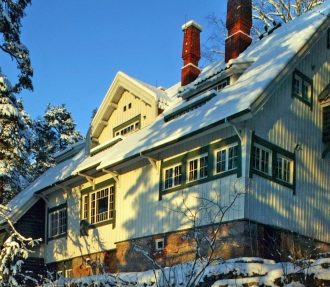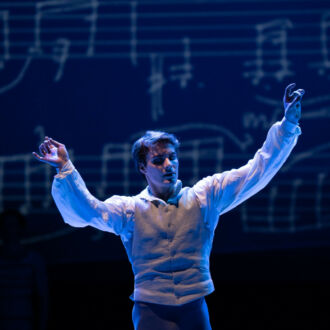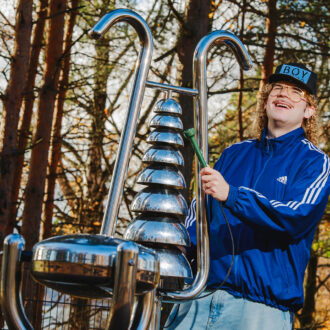In southern Finland, roughly 35 kilometres (20 miles) north of Helsinki, lies Lake Tuusula, one of the country’s approximately 188,000 lakes.
Its mirror-like expanse reflects the changing seasonal hues of the Finnish sky. It is fringed by rugged pine forests. Its surface area of six square kilometres (2.3 square miles) creates an atmosphere of timeless tranquillity.
While it is strikingly beautiful, the reasons for its significance might not be immediately apparent. Lake Tuusula’s surroundings are extraordinarily steeped in Finnish art and culture.
Cultural icons
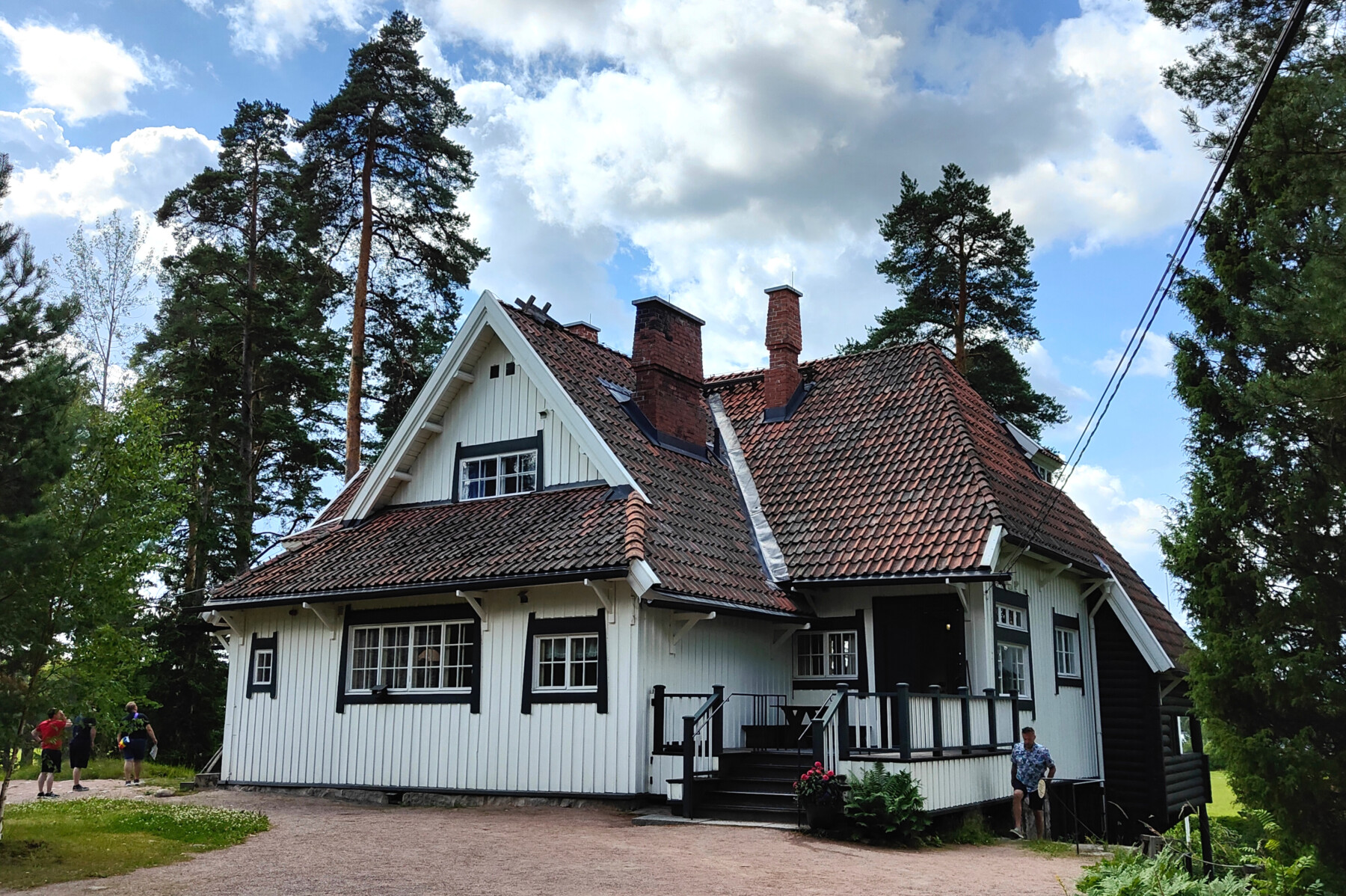
Composer Jean Sibelius and his wife Aino completed their lakeside home, Ainola, in 1904.Photo: Sanjoy Narayan
The area was the epicentre of a movement in the early 1900s, nurtured among a community of gifted writers, artists and musicians. They had a lasting impact. The cultural icons who made their homes on the lakeshore included composer Jean Sibelius; painters Eero Järnefelt and Pekka Halonen; and author Juhani Aho and his wife, painter Venny Soldan-Brofeldt. More than a century later, many of their houses are open to visitors as museums.
Entering these carefully preserved homes transports you to an exciting era, when the artists, writers and musicians living in a close-knit and often collaborative community found inspiration in the idyllic surroundings. It was part of the Golden Age of Finnish art, which refers to the period between 1880 and 1910, when art reflected and nourished a developing sense of national identity.
Ainola
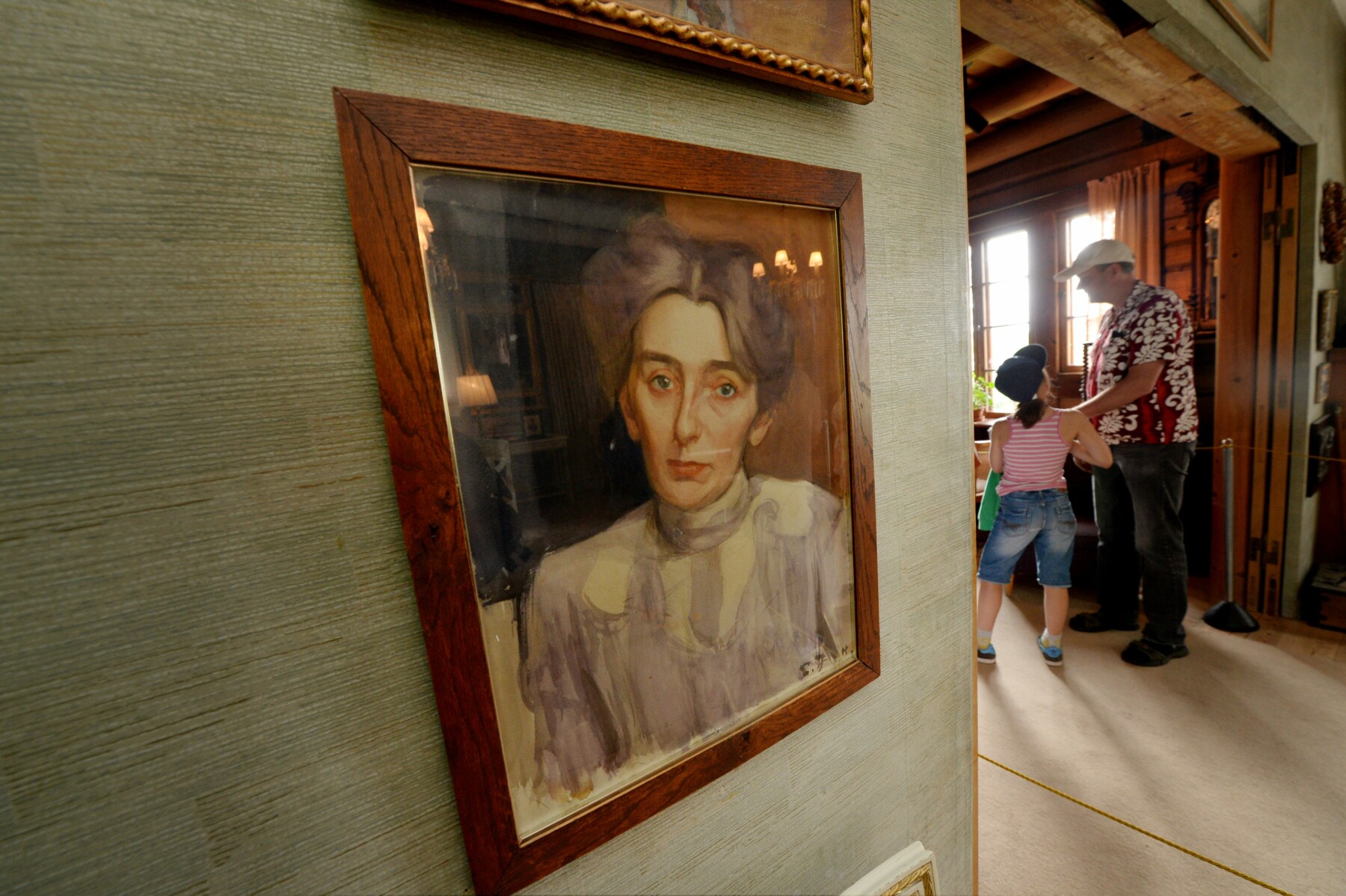
Visitors to Ainola can view a 1908 portrait of Aino Sibelius by Eero Järnefelt, who also lived in the area.Photo: Mikko Stig/Lehtikuva
By the time Sibelius and his wife Aino built their home, which they called Ainola, on the banks of the lake in 1904, the composer was well known at home and abroad. Several years earlier, he had composed one of his best-known works, Finlandia.
Stepping through the gates of Ainola is like a dive into the heady past. The rustic wooden villa, nestled amidst a canopy of birch and pine, exudes a sense of calm seclusion – a sanctuary in the Finnish countryside for the great composer. The rooms are simple yet full of character, and it is not difficult to imagine the maestro hunched over his desk in one corner, working on his immortal scores. Aino grew vegetables, flowers and fruit in the garden outside. The apple trees still stand, as does a perch uphill where the composer is believed to have spent summers basking in nature’s inspiration.
Suviranta
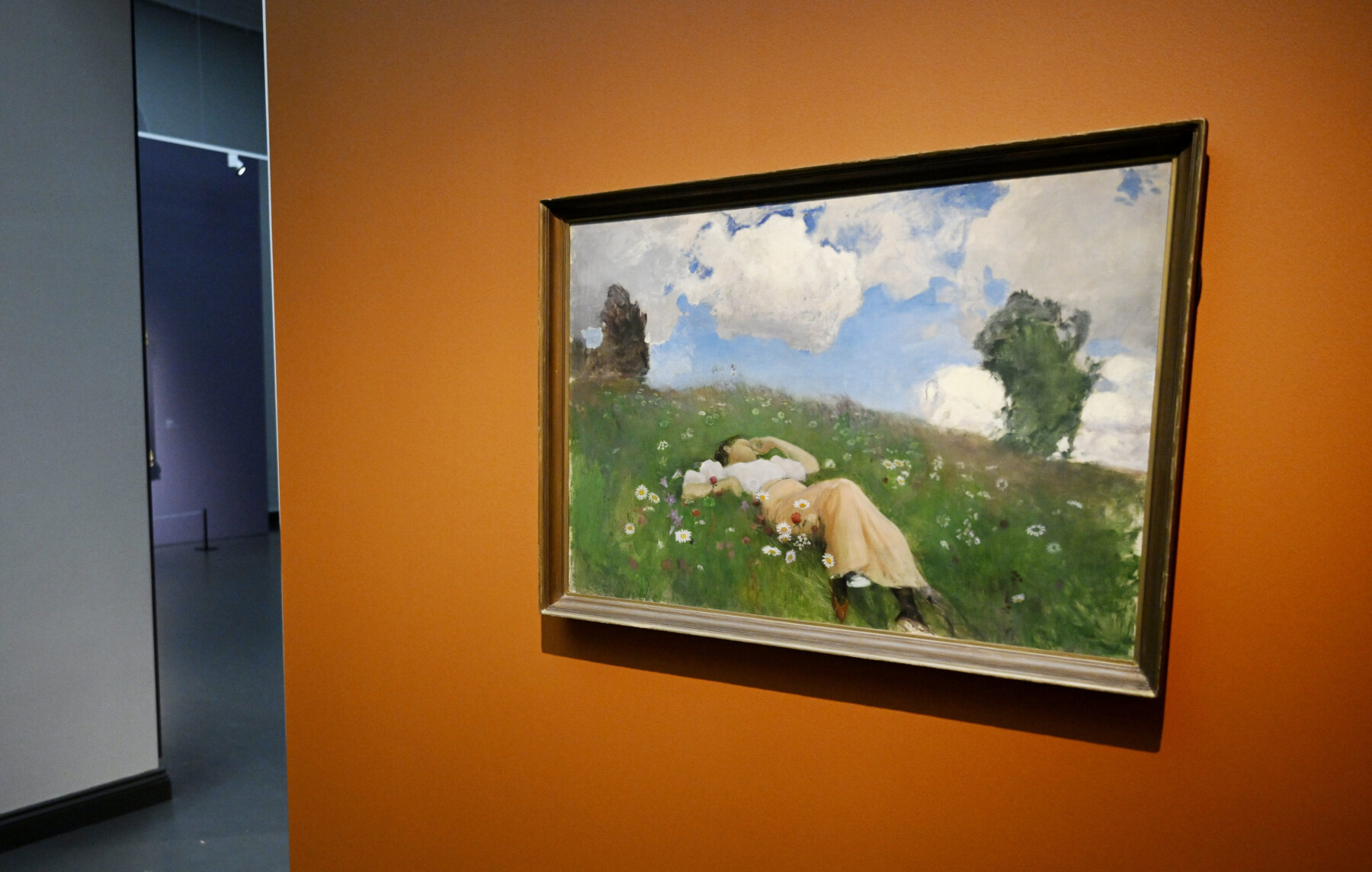
Eero Järnefelt’s 1892 painting Saimi in the Meadow, shown here hanging at Helsinki’s Ateneum Art Museum, portrays his wife on a summer day.Photo: Antti Aimo-Koivisto/Lehtikuva
Not far from Ainola is Suviranta (Summer Shore), the stately manor of artist Eero Järnefelt, who was also Aino’s brother. Inside, Järnefelt’s canvases adorn the walls: landscapes and portraits that demonstrate his style of realism. His wife, Saimi, a key member of the community, was an actor who also translated literature into Finnish, including works by Charles Dickens and George Eliot.
Halosenniemi
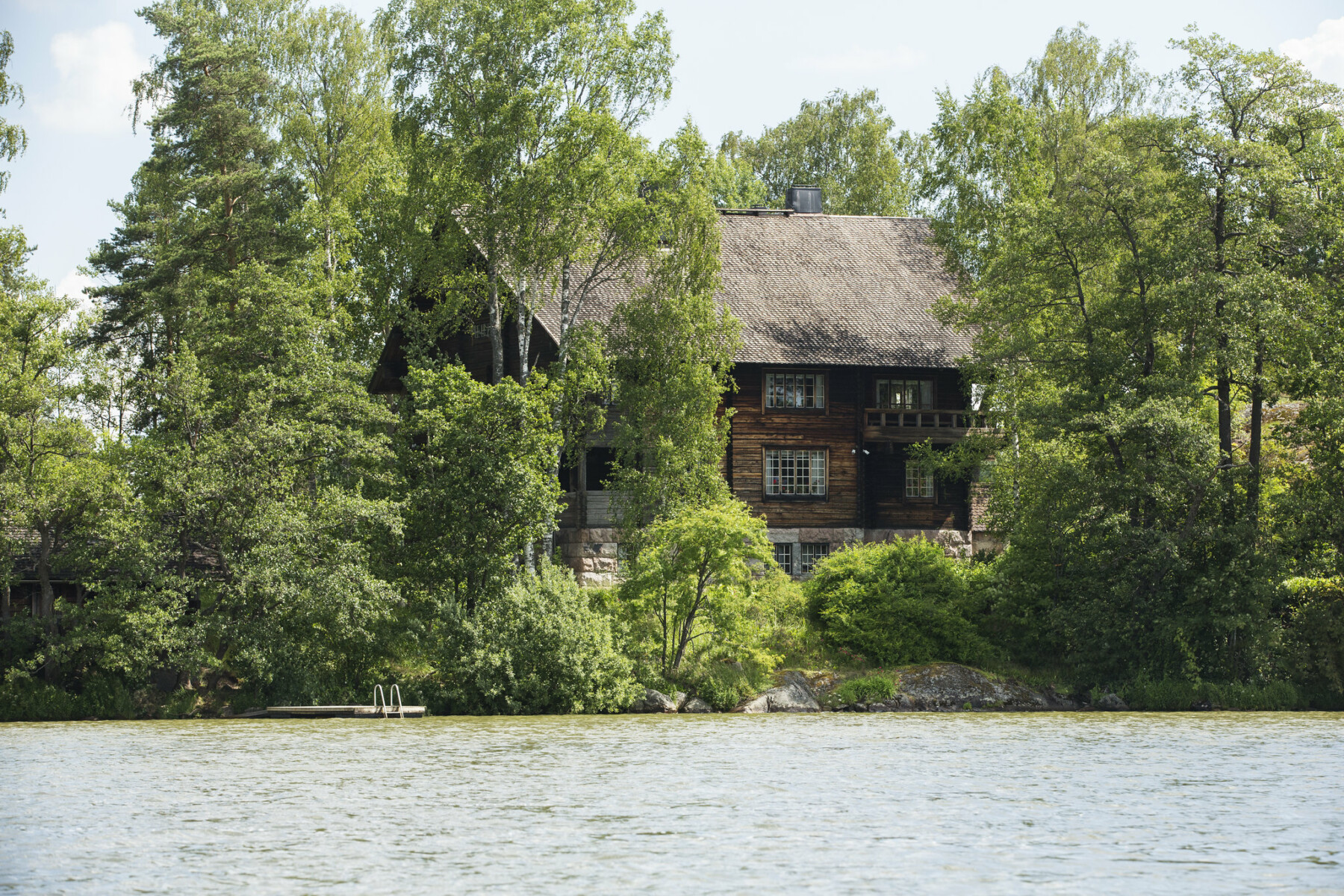
Photo: Kari Kohvakka/Tuusula Municipality
Artist Pekka Halonen settled in the area around the same time. His home, Halosenniemi (Halonen Point), is also a museum today, with paintings by him and his contemporaries. Halonen’s works, especially those depicting winter landscapes of Lake Tuusula and its surroundings, are simple yet striking.
Ahola
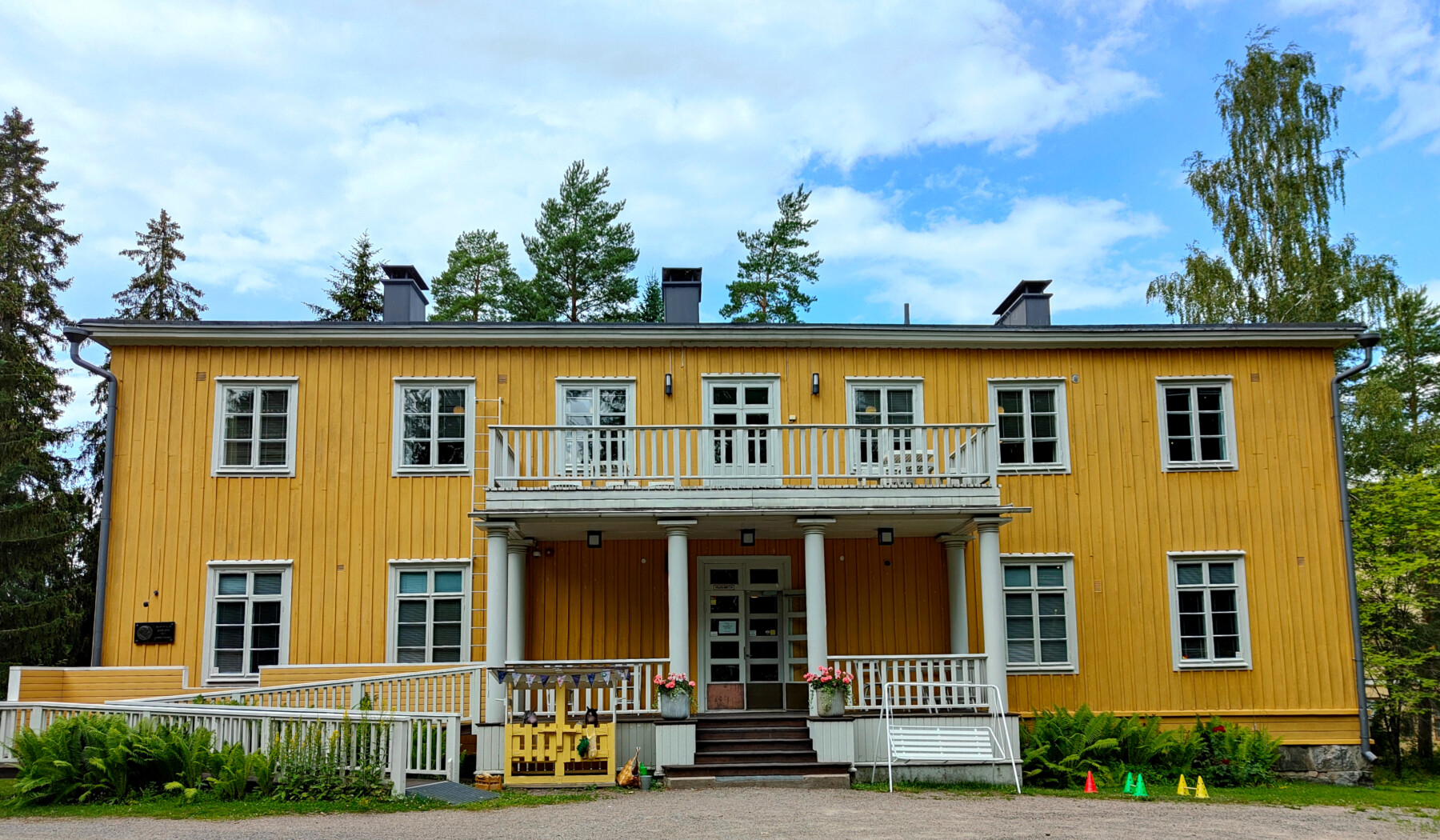
Photo: Sanjoy Narayan
A 15-minute bicycle ride from Halosenniemi takes you to Ahola, the home of another creative couple of that era, writer Juhani Aho and his painter wife, Venny Soldan-Brofeldt. They arrived in 1897. Step into Ahola and it is like an immersion in their family’s life and artistic endeavours. Aho’s short stories and novels, such as Rautatie (1884, The Railroad), depicting an elderly couple’s first railway experience, are classics of Finnish literature. Soldan-Brofeldt was a versatile artist, talented in multiple genres – painting, graphic art, illustration and jewellery making. Her bohemian spirit and lifestyle – she was known to smoke a pipe, ride a bicycle and wear trousers – may have startled some people back then, but it also influenced the local community of artists.
Erkkola
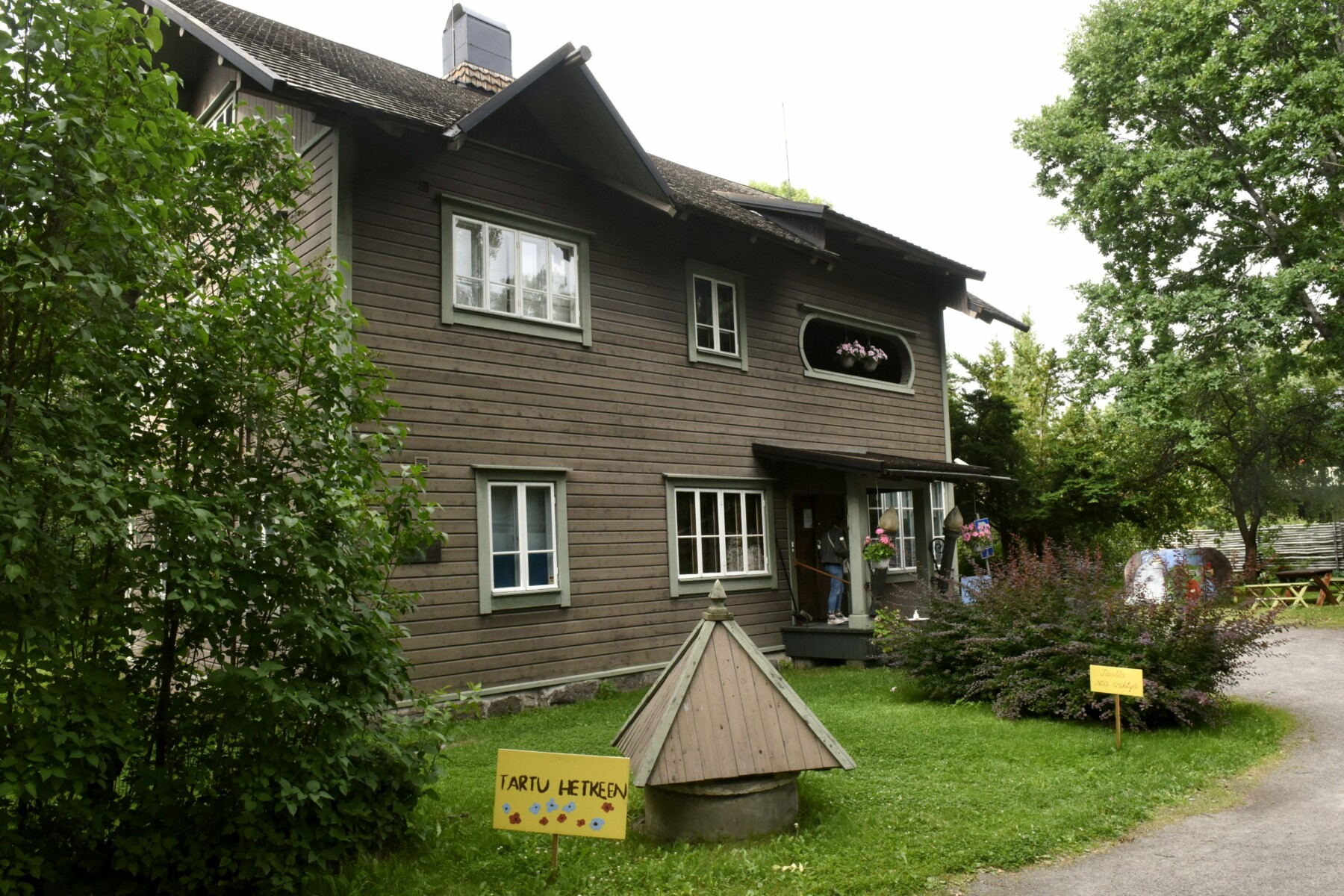
Photo: Timo Jaakonaho/Lehtikuva
Others also belonged to that community. It is considered to have been at the forefront of the national cultural awakening of the Grand Duchy of Finland, which was still part of the Russian Empire but would gain independence in 1917. J.H. Erkko, a popular poet and playwright, who played a key role in Finnish language and education, also had a home by the lake, Erkkola. Pioneering Finnish poet Eino Leino often spent time at Halosenniemi and Erkkola.
Enduring impact
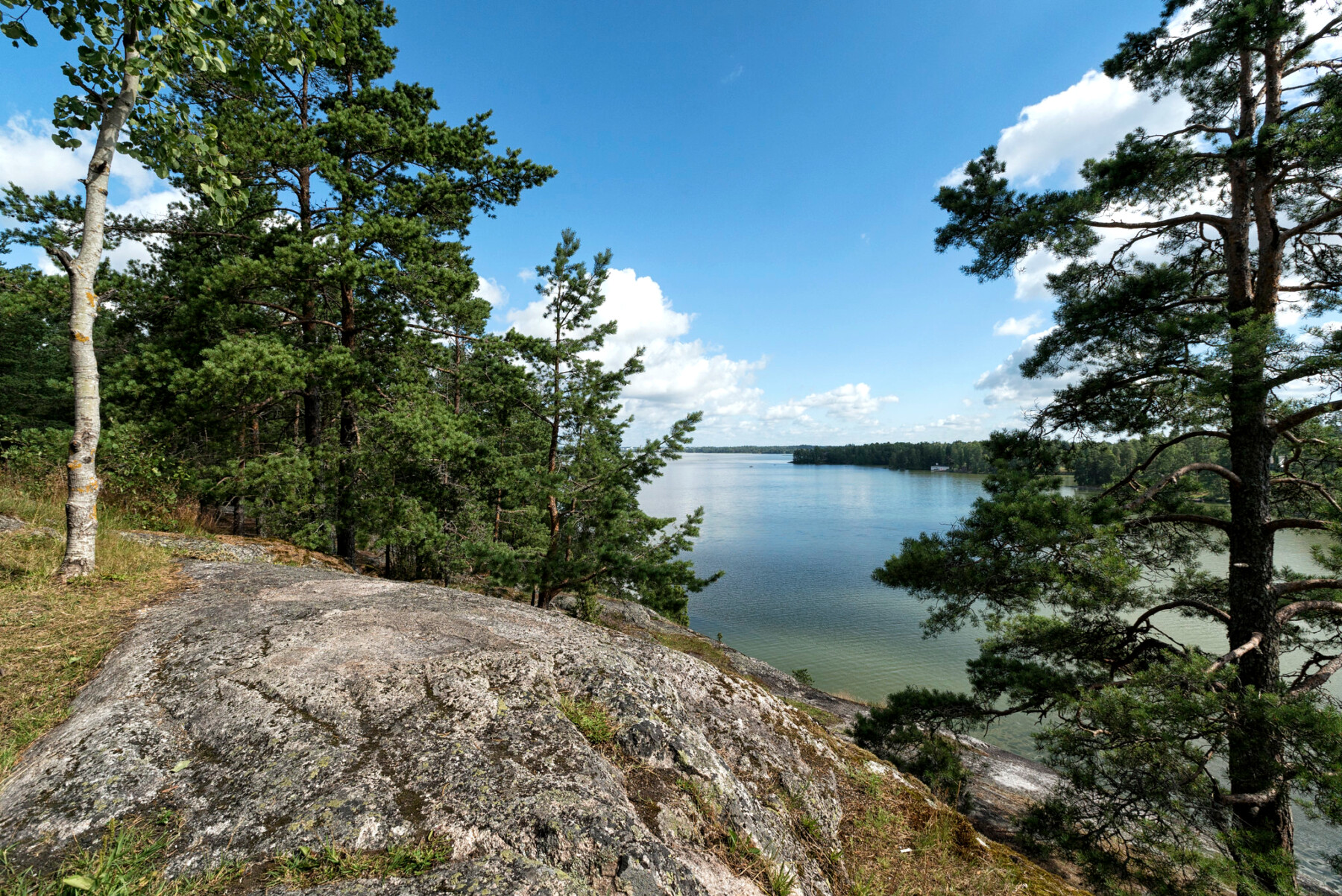
Lake Tuusula continues to be known for its scenic views and its place in Finland’s cultural history.Photo: Antti Kallio/Tuusula Municipality
Even before Erkko, Järnefelt, Sibelius and others moved there, the Lake Tuusula area was part of Finland’s cultural history: Celebrated author Aleksis Kivi (1834–72), who wrote the first Finnish-language novel, Seven Brothers (1870), spent his last months in a cabin near the lake before dying at the age of only 38.
The artists and writers who settled on the banks of Lake Tuusula inspired and influenced one another, and their lives were intertwined. The community played a pivotal role in the development of Finnish national romantic art and the birth of Finnish modernism. While most of the artists also travelled to other parts of Europe, the community’s emphasis on capturing Finland’s landscape and way of life left an enduring impact on the country’s cultural identity and inspired subsequent generations of Finnish artists.
By Sanjoy Narayan, July 2024
